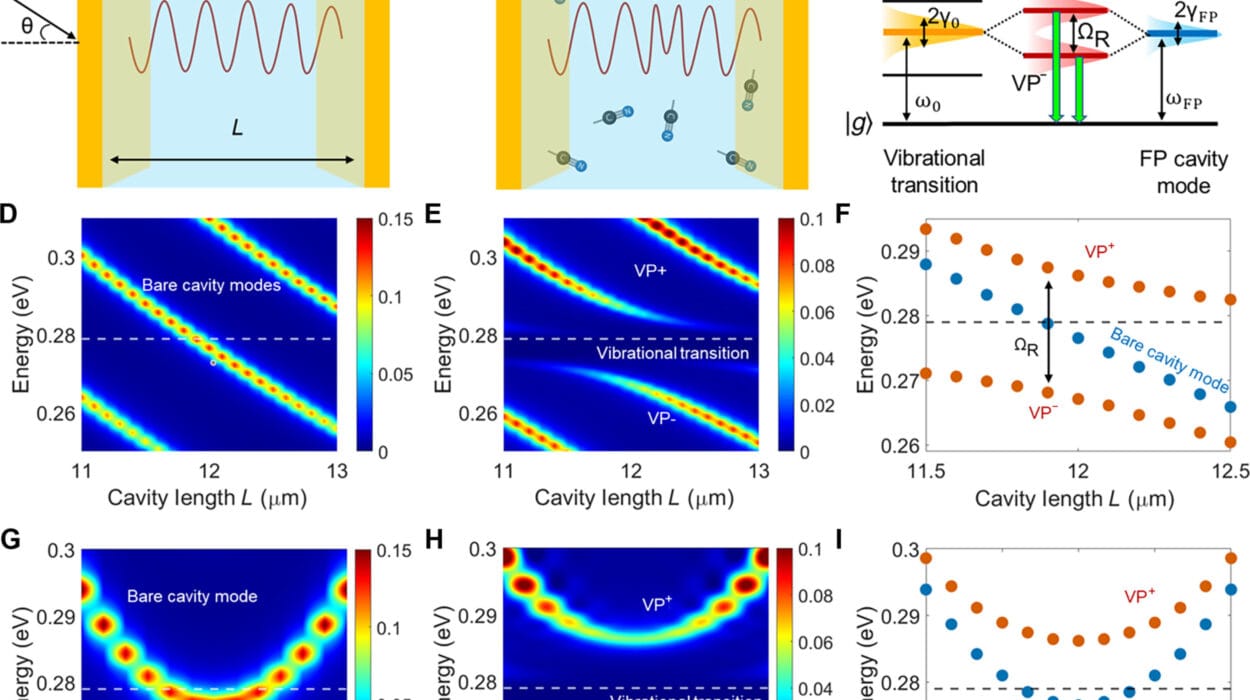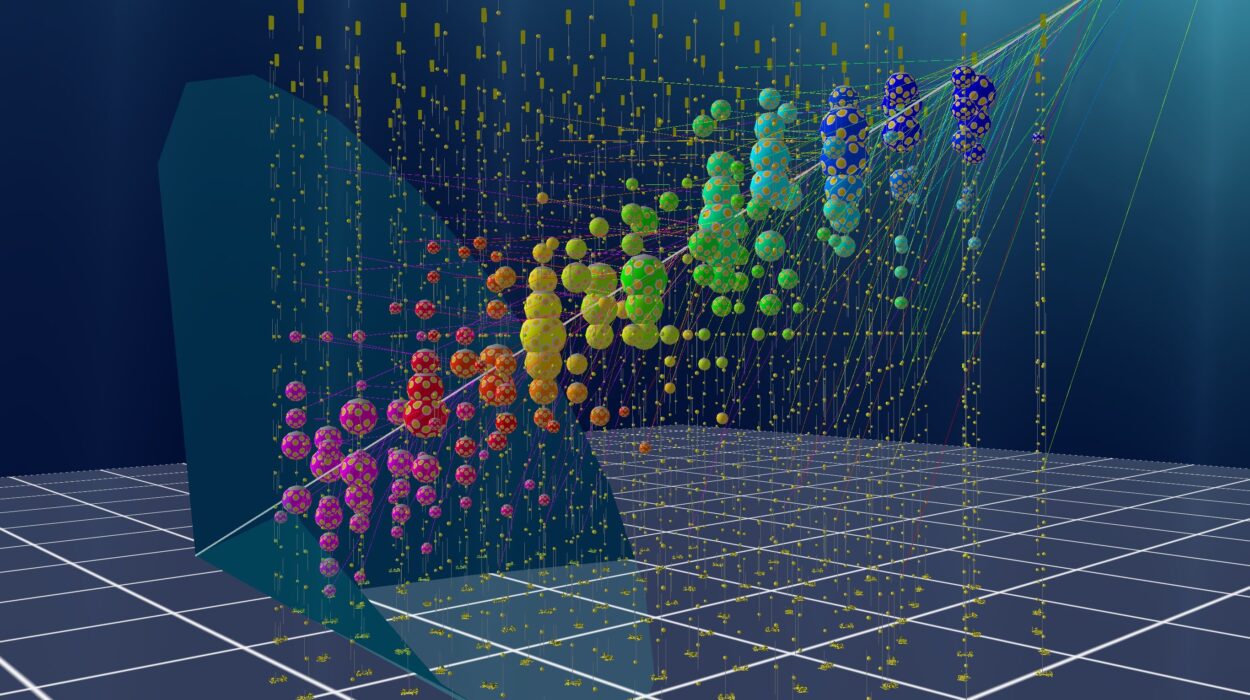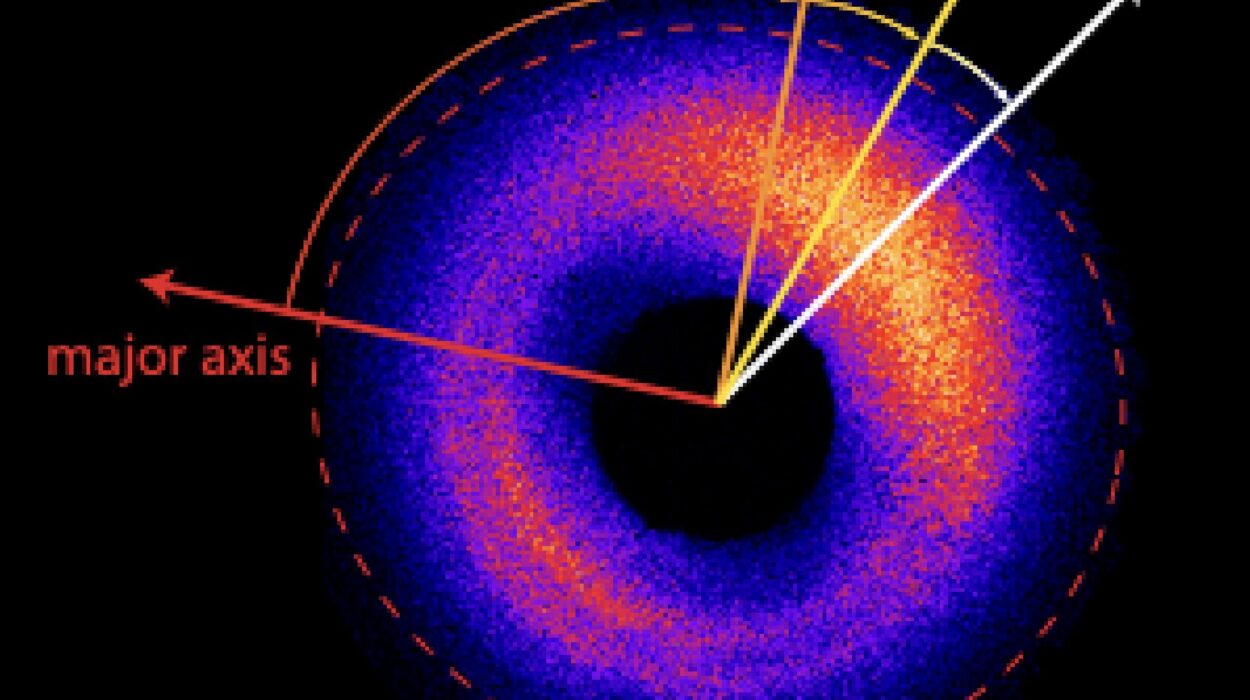In laboratories built to mimic the conditions of stars and planets, physicists often wrestle with the fundamental forces of nature. They craft worlds in milliseconds—crushing, heating, and warping matter under pressures and temperatures that border on the cosmic. Yet amid this high-energy theater, one question has remained frustratingly out of reach: just how hot is it, really?
Temperature is a concept we take for granted—whether boiling water or reading a weather forecast. But in the high-energy realm of “warm dense matter”—a bizarre state where solids meet plasmas and where atoms crowd and collide under extreme force—measuring temperature has never been straightforward. It’s like trying to take a person’s pulse in the middle of a hurricane. The conditions are so violent and fleeting that traditional methods fall apart.
For decades, researchers could estimate temperature based on models and indirect clues, but the numbers came with enormous error bars. And without an accurate measure of temperature, it was like trying to navigate a map without a scale. Critical models of fusion, planetary cores, and exotic states of matter were built on shaky ground.
Now, that era of uncertainty may be over. Scientists from SLAC National Accelerator Laboratory, the University of Nevada, Reno, and an international team of collaborators have achieved what many believed impossible: they’ve directly measured the temperature of atoms inside warm dense matter—and in the process, they shattered a cornerstone of physics that had stood for four decades.
Building a New Thermometer for the Stars
The breakthrough came not from chance, but from a decade of relentless effort. Researchers had long dreamed of directly measuring atomic temperature—not relying on radiation, secondary effects, or theoretical approximations, but observing the actual motion of atoms themselves.
To understand temperature at this level, you need to understand motion. Heat is, fundamentally, the movement of particles. The faster they move, the hotter the material. The challenge was how to catch that motion—especially when it unfolds on trillionths-of-a-second timescales and inside materials as dense as the Earth’s core.
The team turned to SLAC’s Matter in Extreme Conditions (MEC) instrument and the Linac Coherent Light Source (LCLS), one of the world’s most powerful X-ray lasers. Using LCLS, they fired a precisely timed laser pulse into an ultrathin sample of gold. The laser flash superheated the sample almost instantly, causing its atoms to begin vibrating at high speeds. Just trillionths of a second later, they blasted the same sample with an X-ray pulse. As the X-rays scattered off the vibrating gold atoms, they experienced a tiny shift in frequency—similar to the Doppler shift in sound. By analyzing that shift, the researchers could measure the exact speed of the atoms, and from that, deduce their temperature.
It was like filming a hummingbird’s wings in slow motion, but instead of feathers and light, it was atoms and X-rays—and instead of slowing time, they had to freeze it in place.
“This is the first time we’ve been able to unambiguously take a direct measurement of atomic temperature in such extreme conditions,” said Tom White, associate professor of physics at the University of Nevada, Reno. “It’s a completely new thermometer, and it changes what we thought we knew.”
A Solid That Should Have Melted
In physics, some surprises feel like earthquakes. As the team analyzed their data, they realized the implications were even more astonishing than they’d hoped. Their gold sample had reached an eye-watering 19,000 kelvins—more than 14 times its normal melting point, and far beyond what current theory said was possible for a solid. According to a well-accepted model from the 1980s, the material should have undergone what’s known as an entropy catastrophe—a runaway melting process triggered by the accumulation of disorder at extreme temperatures.
But it didn’t. The gold remained solid.
It had defied the limit. And in doing so, it overturned a foundational theory that had guided high-temperature physics for over 40 years.
“We were stunned,” White recalled. “This wasn’t what we set out to prove. We just wanted to measure temperature more accurately. But science works like that—you look closely, and sometimes, the universe hands you a surprise.”
This level of superheating, once thought physically impossible, now appears not only plausible but perhaps commonplace in high-energy experiments. The discovery that materials can be heated to such extremes without immediate structural collapse could reshape how we understand everything from inertial fusion reactions to the formation of planets and stars.
The Entropy Catastrophe That Never Came
Superheating is not a new concept. It can even happen in your kitchen. A clean glass of water microwaved for too long can reach temperatures above boiling without actually bubbling. But bump the glass—or drop a spoon in—and the water erupts violently. This is a small-scale version of the entropy catastrophe: a state where a system becomes so energetically unstable that the smallest nudge causes explosive disorder.
Physicists believed that solids faced a similar fate at high temperatures. According to the theory, once a solid reached a critical energy threshold, atomic vibrations would become too chaotic for the material to remain structured. It would melt, instantly and uncontrollably, unable to hold back the tide of entropy.
But in the SLAC experiment, something different happened. The gold was heated so quickly—within trillionths of a second—that it never had time to expand, rearrange, or reach the tipping point. It stayed intact, despite being hotter than the surface of some stars.
“This doesn’t violate thermodynamics,” White emphasized. “It simply shows that the timing and method of heating matter… well, they matter. The entropy catastrophe isn’t a fixed wall. Under certain conditions, you can bypass it.”
The finding opens a new window into non-equilibrium physics—the study of systems that haven’t settled into balance. It also reaffirms one of the greatest lessons of modern science: that the universe is rarely as rigid as we assume, and its boundaries are often more flexible than expected.
Fusion Energy, Planetary Interiors, and the Future of Measurement
Beyond its theoretical implications, this discovery has enormous practical value. Scientists studying fusion—the process that powers stars—need to know how materials behave under the crushing heat and pressure inside a fusion fuel pellet. Until now, they had only models and estimates. But with this new technique, researchers can observe real atomic temperatures inside fusion targets, providing crucial data to refine designs for future reactors.
“When a fusion target implodes, it enters a warm dense state,” explained Bob Nagler, SLAC scientist and co-lead on the study. “To design efficient and safe targets, we must know exactly how they behave under those conditions. Now, finally, we can measure that.”
It also impacts our understanding of planetary formation. Deep inside gas giants like Jupiter, matter exists in warm dense states. By shock-compressing materials in the lab and applying this new measurement technique, researchers can simulate planetary interiors with unprecedented accuracy. The results could help answer questions about exoplanet cores, planetary magnetic fields, and the evolution of early solar systems.
The team is already applying the method to a range of materials—from metals to hydrogen—to explore how matter transforms in the heart of stars, inside black hole accretion disks, and within next-generation fusion designs.
A New Chapter in High-Energy Physics
This breakthrough arrives at a time when humanity stands at the cusp of energy transformation. Fusion promises a clean, virtually limitless power source. But before it can become reality, we need to understand how materials behave in the crucible of creation.
That understanding depends on data. Real, direct, unambiguous data. For decades, temperature—the most basic property of matter—remained a missing piece. With the invention of this new method, that piece has snapped into place. And with it, a new era of high-energy research begins.
“If our first experiment using this technique led to the overturning of a major theory,” said Nagler, “then I can’t wait to see what else we’ll find.”
In science, true discovery often begins not with certainty, but with curiosity. A team of researchers asked a simple question: How hot is it, really? The answer changed the rules. The universe, it turns out, still holds secrets in its fire—and now, at last, we have a way to read the heat.
Reference: Thomas G. White et al, Superheating gold beyond the predicted entropy catastrophe threshold, Nature (2025). DOI: 10.1038/s41586-025-09253-y






